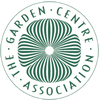The family Bromeliads are epiphystes originating from the southern states of the USA, South America and the West Indies, where they grow on trees, stumps and decaying branches.
Their colourful bracts last several months, making them ideal house plants, particularly for a warm conservatory or glasshouse.
WATERING & FEEDING
Species with a rosette of leaves should be watered by topping up the cupped rosette or ‘well’ with rain water. It should then be empted and refilled every 1 to 2 months. Soil should be kept damp in summer and water only when it dries out in winter
Non-rosette species should be kept moist at all times but never wet.
Maintain humid conditions in summer by placing the plant on a large saucer filled 3/4 with gravel or clay pellets and keep the level of water low but moderate. Mist the plant in hot weather.
Nutrients are absorbed through the leaves, so mist non-rosette plants with high nitrogen foliar feed at monthly intervals from spring to autumn. Rosette plants can have
half-strength, general-purpose liquid feed that contains a high proportion of nitrogen during the growing season.
LIGHT & TEMPERATURE
Position plants in bright light, shaded from direct summer sun, such as on west or south-facing windowsill.
Bromeliad plants require minimum temperature of 10oC (50oF) in winter.
Summer temperatures around 21oC (70oF) induce flowering but once the buds form, cooler temperatures 12oC (55oF) will help flowers last longer
POTTING
Most epiphytic bromeliads can be grown in a soil-less environment, it can be made up of fine composted bark (or an orchid compost). Another alternative is to mix half fine composted bark (or an orchid compost) with half multipurpose growing media, including peat-free. The key here is to achieve a very free draining environment.
Plant in 7.5–12.5cm (3-5in) container, larger plants may become top heavy or the rosettes overcrowded and need to be potted into a 17.5cm (7in) container.
PROBLEMS
Here are a few problems you may
encounter with your Bromeliad.
Overwatering: Tips of the leaves become brown and roots rot so use free-draining
compost
Sun scorch: Leaves become bleached and scorched if not protected from direct sunlight













